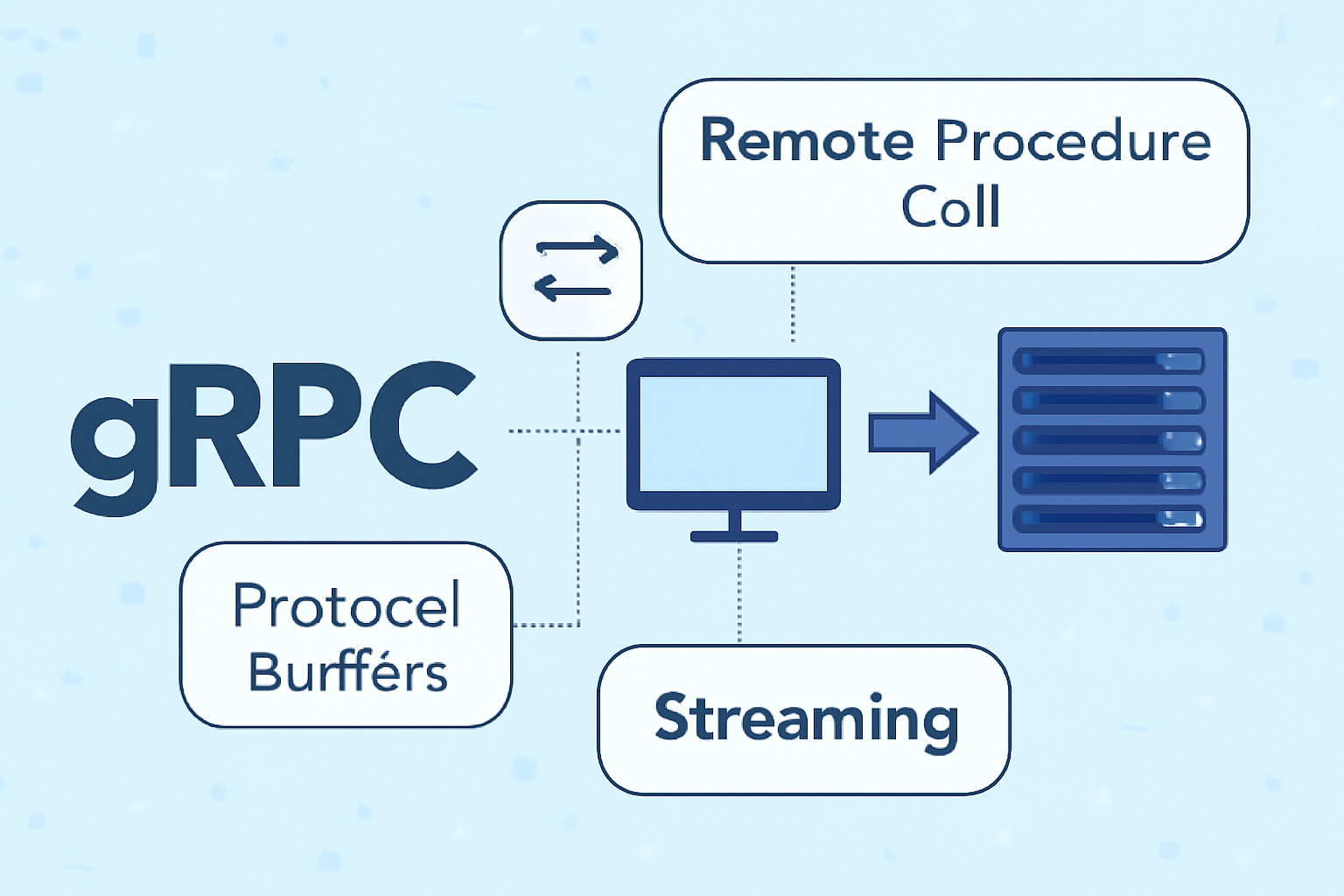WebRTC (Web Real-Time Communication) is an open-source project that enables real-time communication (RTC) — such as audio, video, and data sharing — directly between browsers and mobile applications without the need for intermediate servers.
Key Features of WebRTC:
- Peer-to-peer communication: No need for a server to handle media traffic.
- Supports audio, video, and generic data transmission.
- Secure: Uses encryption and standard protocols like DTLS and SRTP.
- Cross-platform: Works on browsers (Chrome, Firefox, Safari, Edge), Android, iOS, and more.
How WebRTC Works:
- Signaling: Exchange session metadata (like IP addresses and ports) between clients via a signaling server (not part of WebRTC itself).
- ICE (Interactive Connectivity Establishment): Finds the best network path (NAT traversal).
- STUN/TURN Servers: Help with establishing peer-to-peer connections.
- Media & Data Channels: Actual transmission of audio, video, and data.



